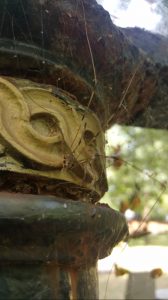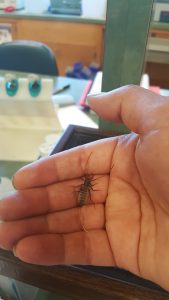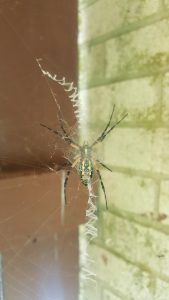The evolutionary biology of sex and sexual conflict

Our lab studies the evolutionary and ecological mechanisms that contribute to sexual conflict in animal mating systems.

We are interested in how demography, environmental factors, and evolutionary selective pressures influence reproductive morphology, genitalic function, mating behaviors, and holistic mating systems, especially in the leiobunine opilionids — a.k.a. harvesters, harvestpeople or “daddy-longlegs.”
We combine macroevolutionary and population-level approaches to understanding the biodiversity of arthropods, incorporating next-generation genomic sequencing, functional morphology, bioinformatics, and cytological methods into our toolkits. Current projects are focused on species groups in the United States and Japan with intriguing reproductive traits: parthenogenesis, sex ratio bias, reproductive armaments, and potential reproductive endosymbionts.
We also collaborate with lab friend Dr. Sarah Stellwagen (UNCC) on a study of non-Newtonian prey capture biomaterials, such as spider glue.

About harvestfolk
Harvesters or “daddy-longlegs” are arachnids, like scorpions, spiders, mites, and ticks. Harvesters belong to the ancient arachnid order Opiliones. Opiliones is the third-most speciose order of Arachnida (~6,600 described species) behind mites and spiders.
The most dangerous spider in the world?
Although harvesters are often mistaken for spiders, they are very different! Harvesters (Opiliones) and spiders (Araneae) form separate branches in the arachnid tree of life. Harvesters do not have fangs, nor do they make venom or silk!